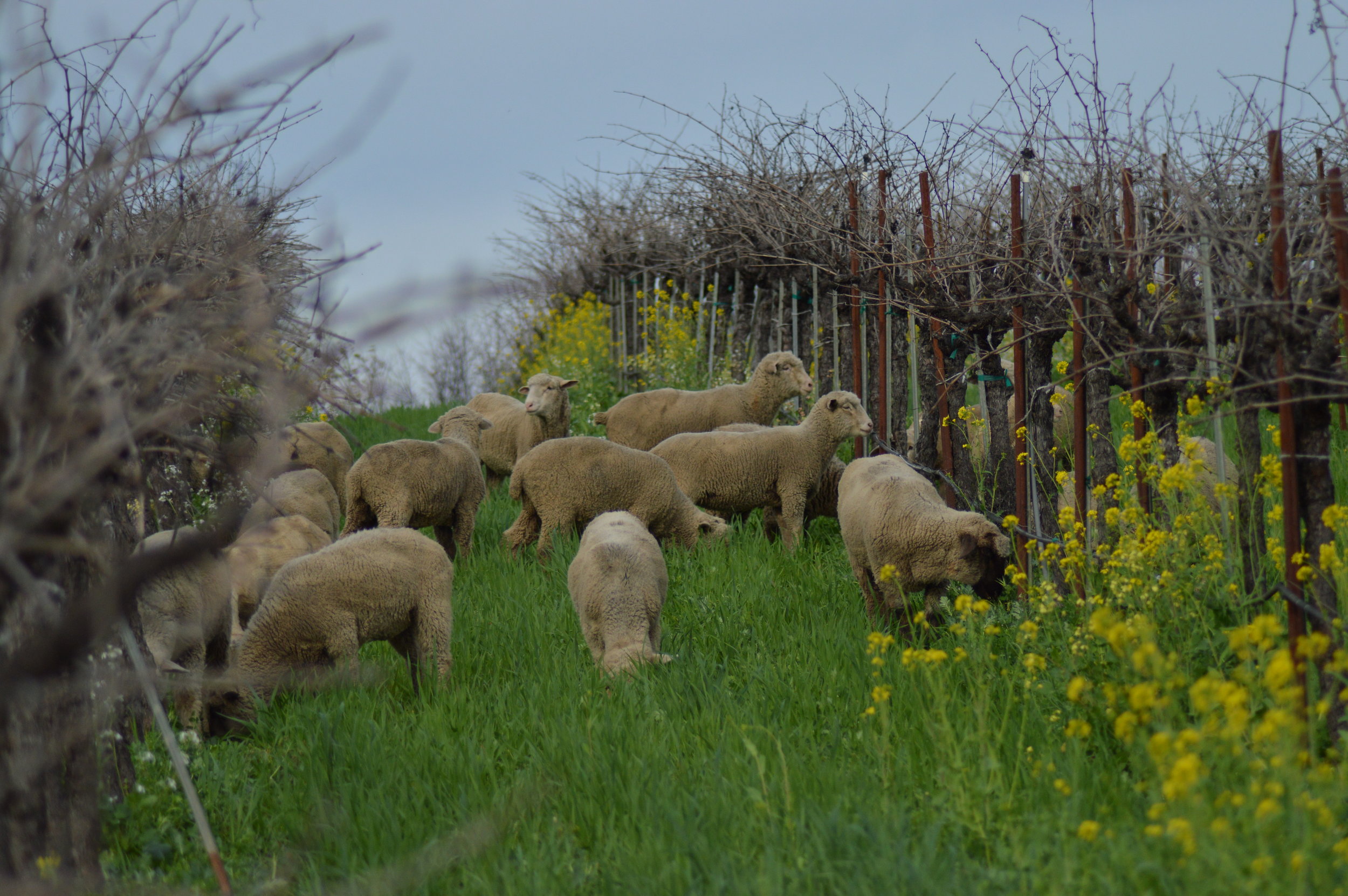In Defense of Biodynamic Viticulture
I thought it would be appropriate to write a blog about something near and dear to my heart in the wake of my favorite holiday, Halloween. That is to say: biodynamic practices in the vineyard. I can already hear the skeptics (and Bette Midler)… “it’s just a bunch of hocus pocus”... and, yes, there are a few whacky practices that I'm not sure I completely agree with. That said, I believe in its foundation: to bring life back to the soil and to farm in conjunction with sustainable and diverse systems. I do not believe in buying wines that are farmed conventionally and with a lot of "winemaking tricks." For me, biodynamic viticulture just makes sense, bringing natural answers to natural problems.
Some of the most expensive and celebrated wine producers in the world farm biodynamically : Domaine de la Romanée-Conti (DRC) in Burgundy, Chateau Latour in Bordeaux, Domaine Jean-Louis Chave in the Rhone Valley. A big reason why I applied to my current internship at Chateau Palmer in the Margaux appellation of Bordeaux, France is because of its use of biodynamic practices in the vineyard. The Chateau transitioned to biodynamic viticulture because it wanted to reduce its impact on the environment, to meet the demand from its consumers for a healthier product, and to decrease the health risk to its vineyard employees.
Theory
Biodynamics is a holistic approach to farming that is based on the teachings of Austrian philosopher Rudolf Steiner in 1924. Contrary to the implementation of monocultures and increased pesticide, herbicide, and fungicide-use in agriculture during the Industrial Revolution, Steiner taught that farmers should create diversified and balanced farm ecosystems. Steiner’s teachings spanned beyond revitalizing the soils and the general biodiversity of the farm, as he also taught that everything was interconnected with the lunar calendar. Biodynamic farming differs from conventional and organic agriculture because its practices can be attuned to the spiritual forces of the cosmos.
Biodynamics and Viticulture
The biodynamic approach to grape-growing sees the vineyard as an ecological whole. This means that the vineyard is not just rows of grapevines, but also includes the soil beneath them—an organism in its own right—and the other flora and fauna in the area, growing together interdependently. In theory, the cosmos are linked with a calendar that leads many of the planting and harvesting decisions. For example: sowing and harvesting dates are linked to the phases of the moon and the positions of the planets. The earth force of the calendar is linked with the roots and fertilization; the water force is linked with foliage; the air force is linked with flowering (floraison); and the fire force is linked with fruits and seeds.
Preparations
500: The famous Cow manure horn preparation. Fittingly, on October 31, I helped to fill the horns. We filled the manure from our house cows into cow horns, and then we buried the horns 30cm deep. The horns will be left there during winter to ferment underground. During the spring, the horns will be dug up, and the fermented manure will be dynamatized with water. The preparation is used to retain water in the soil, to build up the soil humus, and to encourage root development. This preparation is used two times: in the spring and just after harvest.
501: This is a mixture of horsetail plant (ground quartz/ silica) that is mixed with rain water and also packed into a cow’s horn that is sprayed on crop plants. This preparation promotes vigor and reduces disease susceptibility.
502-507:
Soooo...
Respect for the environment, for human health, and for the energies and movements greater than ourselves are why I am a supporter of biodynamic practices for a more durable and sustainable viticulture.
In other words, I'll happily be a witch ⚡️



